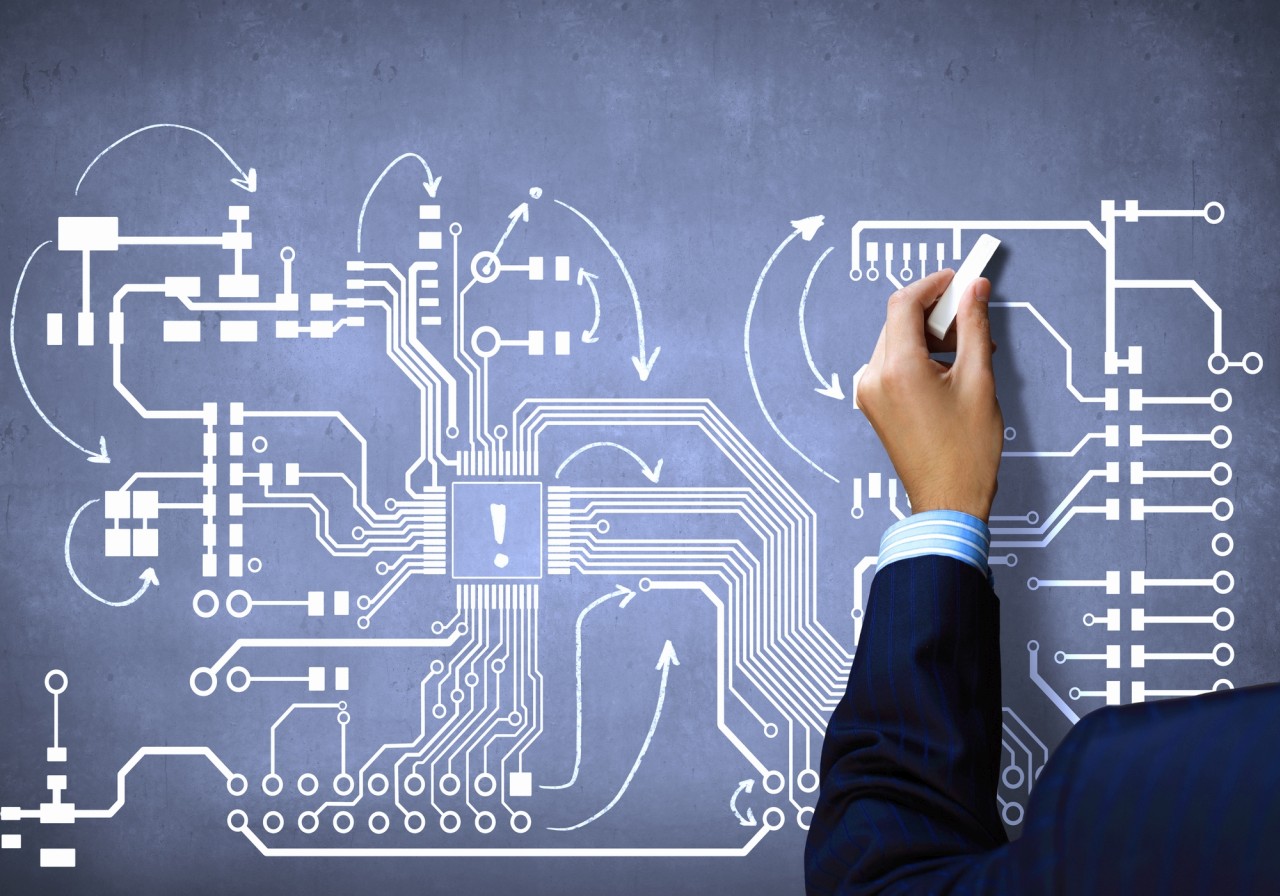Ingenious Electrical Design Providers for Modern Framework
As metropolitan environments expand progressively intricate, including technologies such as clever grids and eco-friendly energy resources ends up being paramount. These improvements not just assure to optimize energy usage yet additionally foster resilience against future demands.
Significance of Ingenious Electric Design
Ingenious electrical design plays a critical role in contemporary infrastructure, influencing not only performance however additionally sustainability. As cities evolve and the demand for energy rises, the need for advanced electric systems ends up being vital. These systems have to not just meet present needs however likewise anticipate future growth and technological developments.
A well-executed electric design can dramatically decrease energy intake, consequently decreasing functional expenses and lessening environmental effect. By integrating renewable energy sources, such as photovoltaic panels and wind turbines, innovative layouts can enhance energy independence and resilience. Wise grid technologies permit for real-time monitoring and administration of energy circulation, optimizing efficiency and lowering waste.
Security is another essential element of electrical design. Carrying out strenuous standards and sophisticated innovations can mitigate dangers connected with electrical failures, ensuring a safe environment for organizations and locals alike. In addition, innovative layouts assist in adaptability, permitting frameworks to incorporate emerging modern technologies perfectly.
Trick Trends in Electrical Design
As the landscape of electric design remains to progress, numerous key patterns are forming the future of the sector. One substantial trend is the combination of clever modern technology right into electrical systems. The proliferation of the Internet of Things (IoT) has allowed real-time monitoring and control of electric devices, enhancing effectiveness and assisting in predictive maintenance.
One more fad is the expanding emphasis on modular design. This method permits scalable and adaptable remedies, enabling infrastructure to adapt to altering requirements without considerable renovations. Additionally, the use of advanced simulation tools and Building Info Modeling (BIM) is coming to be significantly widespread, simplifying the design procedure and boosting cooperation amongst stakeholders.
In addition, developments in materials science are leading to the growth of lighter, much more resilient, and energy-efficient components. This innovation is particularly essential for high-performance buildings and infrastructure tasks.
Last but not least, there is a significant change towards data-driven decision-making - industrial electrical design. Leveraging information analytics aids designers optimize systems for performance and cost-effectiveness. Together, these fads symbolize a transformative era in electrical design, improving capability, sustainability, and strength in modern infrastructure
Sustainable Power Solutions
Sustainable energy options are progressively ending up being a vital emphasis in electrical design, showing a broader commitment to environmental duty and source performance. These options aim to lessen environmental impact while optimizing energy consumption in various facilities, from domestic structures to huge industrial facilities.
Among the primary techniques involves the integration of eco-friendly power resources, such as solar panels and useful content wind turbines, into electrical systems. This not just minimizes reliance on fossil fuels but additionally improves energy strength. Furthermore, innovative power storage systems, such as innovative batteries, make it possible for effective management and circulation of energy, ensuring that excess energy created during top production can be made use of during high demand Visit Website durations.
In addition, energy-efficient design techniques are being adopted to improve total system efficiency. This consists of using energy-efficient lighting, cooling and heating systems, and wise structure technologies that keep an eye on and adjust energy use based upon occupancy and ecological problems.
Smart Grid Technologies
The implementation of sustainable energy options normally results in the exploration of wise grid modern technologies, which play a pivotal function in updating electrical systems. Smart grids take advantage of progressed interaction technologies and data analytics to improve the integrity, performance, and sustainability of electricity circulation. By integrating electronic technology with conventional grid framework, these systems Our site promote real-time tracking, automated control, and enhanced decision-making capacities.
Among the crucial functions of wise grids is their capability to accommodate renewable resource resources, such as solar and wind power. This adaptability not just lowers reliance on nonrenewable fuel sources but likewise allows for a more decentralized power manufacturing design. Clever grids enable demand response programs, where customers can adjust their energy usage based on real-time prices, therefore advertising energy preservation and minimizing peak lots needs.
Furthermore, smart grid innovations improve grid strength by enabling quicker recognition and resolution of outages, ultimately decreasing downtime. With predictive maintenance and analytics, utilities can enhance procedures and improve solution delivery. As cities and communities remain to advance, clever grid modern technologies are necessary for building a reliable and sustainable electrical infrastructure that satisfies the needs of modern-day culture.

Future-Proofing Framework
To make certain long-lasting stability and flexibility, future-proofing infrastructure is essential in the rapidly developing landscape of electrical design solutions. As technology breakthroughs and energy needs change, it is crucial that electric systems are created with versatility in mind. This entails integrating scalable services that can suit future upgrades without demanding comprehensive overhauls.

In addition, sustainability needs to be a foundation of future-proofed designs. Using renewable resource sources, such as solar and wind, and maximizing energy efficiency lower dependence on fossil fuels, straightening with worldwide initiatives to battle environment modification.
Conclusion
By focusing on flexibility, efficiency, and sustainability, these solutions resolve the advancing demands of energy systems. The integration of smart grid innovations and lasting power options enhances durability and minimizes functional expenses.
A well-executed electric design can significantly reduce power consumption, consequently reducing operational prices and minimizing environmental impact. By incorporating eco-friendly energy resources, such as solar panels and wind generators, ingenious styles can improve energy independence and strength. Furthermore, cutting-edge energy storage systems, such as sophisticated batteries, make it possible for effective administration and circulation of power, making sure that surplus power produced during top manufacturing can be used during high demand periods.
Clever grids allow demand action programs, where consumers can readjust their energy use based on real-time rates, thus advertising energy preservation and lowering peak tons needs. (electrical load calculation)
As technology advancements and power demands change, it is crucial that electrical systems are created with flexibility in mind.
 Melissa Joan Hart Then & Now!
Melissa Joan Hart Then & Now! Danielle Fishel Then & Now!
Danielle Fishel Then & Now! Tyra Banks Then & Now!
Tyra Banks Then & Now! Melissa Sue Anderson Then & Now!
Melissa Sue Anderson Then & Now! Bill Cosby Then & Now!
Bill Cosby Then & Now!